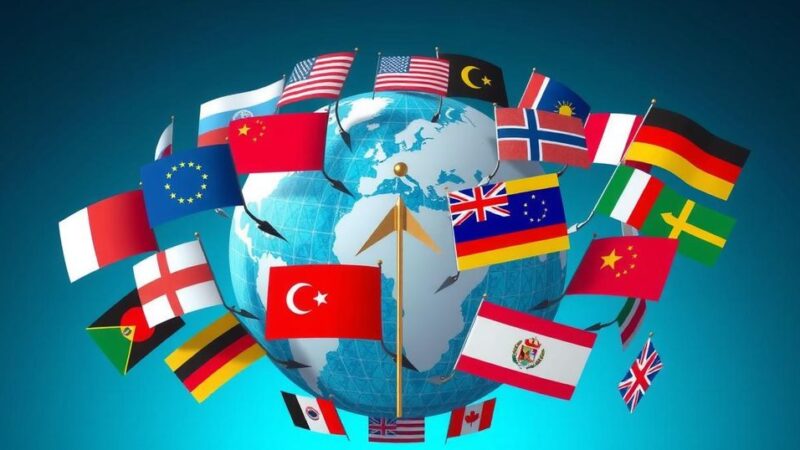This article discusses South Africa’s digital divide, attributing it more to high pricing by mobile network operators rather than infrastructure gaps. Despite claims from larger companies about their role in bridging this divide, numerous smaller service providers and government initiatives are effectively expanding connectivity in underserved communities, highlighting the importance of acknowledging these grassroots efforts.
The ongoing discussion surrounding the “digital divide” in South Africa often overlooks its true origins, suggesting that mobile network operators (MNOs) may have coined these terms to shape public perception and justify exorbitant prepaid pricing, rather than infrastructure concerns. Despite boasting almost complete 2G, 3G, and LTE/4G coverage, the primary barrier to digital access is not a lack of infrastructure but rather prohibitive pricing models that exclude underprivileged communities.
Following the Competition Tribunal’s decision to block the Vodacom-Maziv merger, Vodacom’s CEO Shameel Joosub criticized the ruling as detrimental to efforts in bridging the digital divide, claiming it would adversely affect poorer demographics. However, subsequent developments revealed that South Africa’s network expansion is actively progressing in underserved areas, contradicting the dire predictions made by Vodacom.
Significant strides towards digital inclusion are being made by various entities. Notably, the South African government’s broadband access fund supports smaller service providers to improve connectivity for thousands of households. Established service providers have also been enhancing their infrastructure in these communities, with government initiatives aiming to connect over a million households by offering data packages at incredibly low rates.
Companies such as Fibertime and Ilitha are making remarkable progress in expanding internet connectivity to townships. Fibertime has connected over 70,000 homes, while Ilitha aims to connect 500,000 homes, fueled by foreign investment that Vodacom claimed would be jeopardized by its failed merger. Furthermore, Frogfoot Networks is expanding its reach into smaller towns, providing cost-effective services that assist lower-income users.
Numerous smaller companies, including Too Much WiFi and ThinkWiFi, are actively engaged in delivering connectivity services in these underserved areas, demonstrating that Vodacom is not the sole entity striving to address the digital divide. Minister of Communications Solly Malatsi is advocating for affordable devices to enhance digital inclusion, seeking to eliminate taxes on smartphones, which are now considered essential in the digital economy.
While there are calls for major operators to adjust their pricing structures, the likelihood of such changes remains low. Therefore, smaller service providers are more likely to play a critical role in bridging the connectivity gap. Although initiatives like Starlink may capture media attention, they often lack practicality and feasibility for the intended demographic.
The narrative that only large MNOs have the capability to close the digital divide is a myth. Smaller companies and government initiatives deserve recognition for their significant contributions towards connectivity. Therefore, it is crucial to prioritize and support these efforts rather than becoming entrapped in the misleading narratives propagated by larger industry players.
In conclusion, South Africa’s digital divide is primarily driven by pricing structures rather than a lack of infrastructure. Despite claims from major MNOs, smaller companies and government initiatives are making substantial advances in enhancing connectivity for underserved communities. Recognizing and supporting these grassroots efforts is vital in bridging the gap between those with and without digital access. The narrative that only large operators can make a difference is unfounded, and acknowledging the contributions of smaller enterprises is essential for fostering true digital inclusion.
Original Source: techcentral.co.za






